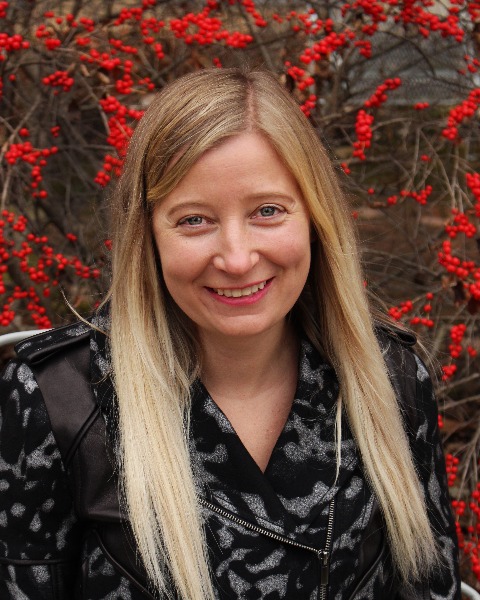Student 10-Minute Paper
Plant-Insect Ecosystems
Student Competition
Student
Grad Competition P-IE: Conservation and Ecology
(1st Place) Does the luxury effect hypothesis predict insect distributions within urban greenspaces?
Monday, November 6, 2023
8:24 AM - 8:36 AM ET
Location: Gaylord National Resort & Convention Center, Chesapeake 3
- ED
Ellen Danford
Research Assistant
The Ohio State University
Columbus, Ohio 
Mary Margaret Gardiner (she/her/hers)
Professor
The Ohio State University
Columbus, Ohio
Presenting Author(s)
Co-Author(s)
The Luxury Effect Hypothesis predicts as neighborhood median income increases, so does plant species richness. Across the US, many plant-dependent insect species including wild bees (Hymenoptera) and lady beetles (Coccinellidae) have exhibited marked declines. Our goal was to determine if the Luxury Effect Hypothesis predicted the abundance of all flying insects as well as the abundance and species richness of bees and lady beetles in greenspace. We predicted that higher income neighborhoods would support a higher species richness and abundance of our focal taxa compared to lower income neighborhoods. Our approach was to establish 15 municipal greenspace plots across the city of Columbus, Ohio, USA that varied in median household income. We collected insects monthly from May-August using pan traps and yellow sticky card traps. We measured total insect abundance as the number of insects attached to each sticky card after 7 days. We counted and identified all coccinellids and identified each bee to species. Following our hypothesis, we found total insect and lady beetle abundance, and bee abundance and species richness were positively associated with socioeconomic status. Our findings illustrate that the Luxury Effect Hypothesis does extend beyond plant communities to predict the distribution of insects. Our study suggests that wealth is a factor in insect community survival in urban greenspaces and indicates socioeconomic inequity in the conservation value of urban greenspaces. Our results suggest that greening investments to support insect conservation should focus on improving the habitat quality of lower income neighborhoods within the Columbus, Ohio metropolitan area.

.png)

